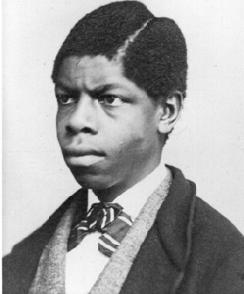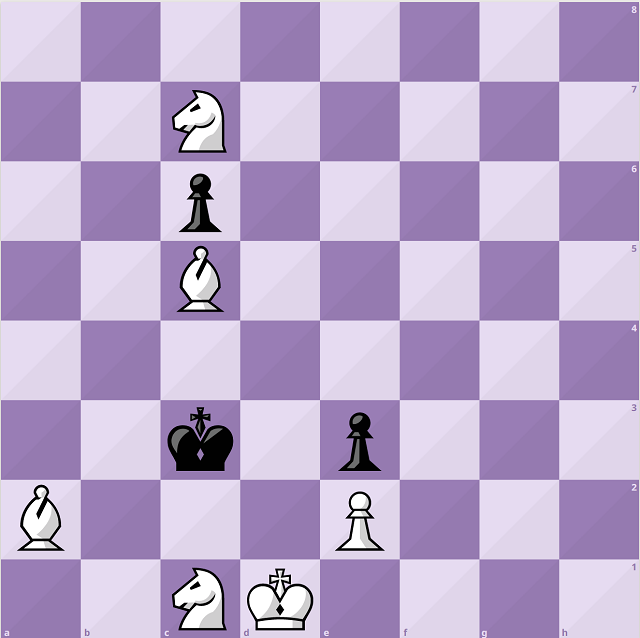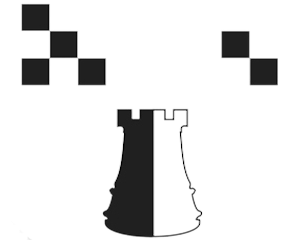
Theophilus Augustus Thompson, the first African-American chessplayer that we know of whose games have survived, was born into slavery in Frederick, Maryland, in 1855. After emancipation, he worked as a domestic servant in the home of William Higgins, a town constable in Ward 6 of the city of Frederick. Thompson’s interest in chess was sparked in spring of 1872 when he observed John Hanshew, a neighbor of Higgins, playing a game with another house guest. The young man’s instant intrigue for the game is chronicled in the forward to the book of problems he later published, which says that although he “dared not ask questions for fear of annoying the players, he watched every move with the closest attention.”
After Hanshew loaned Thompson a chess board and a set of problems to solve, he quickly learned the game and started competing against local players, both in person and via correspondence (in which the two players send moves one at a time by mail). But it was as a chess problem composer that Thompson attracted his greatest acclaim. After making short work of the problems Hanshew had given him, Thompson began composing problems of his own. He contributed individual checkmate puzzles to chess periodicals before publishing his own anthology, Chess Problems: Either to Play and Mate, in 1873, just one year after learning the rules of the game.

To the left: one of the problems from Thompson’s book. White, to move, mates in three turns. How do we finish the mating net?
(The answer is at the bottom of the page!)
All of Thompson’s surviving game scores that we know of are presented in PGN format here.
Thompson’s published anthology of problems is available for public viewing on Google Books.
We are in the process of converting the problems in Thompson’s book, plus the problems he published in other chess periodicals during his lifetime, into FEN format for quicker, easier viewing.
“An Elusive Kinetic Portrait,” a wind-rotating sculpture by Margot de Messieres and Tsvetomir Naydenov, honors Thompson’s life. The sculpture [video] is located a few blocks away from Ice Street in Frederick, where Thompson resided at the time of his death.
We run a chess program named for Thompson on Sundays from 1:30-5:00pm for students in grades 7-12: Theophilus Thompson Club.
Solution to the above problem: 1. Nd5+! is the correct first move for White. Now if 1…cxd5 2. Nd3 d4 3. Bb4#, or if 1…Kb2 2. Nb6 Ka1 3. Bd4#.
